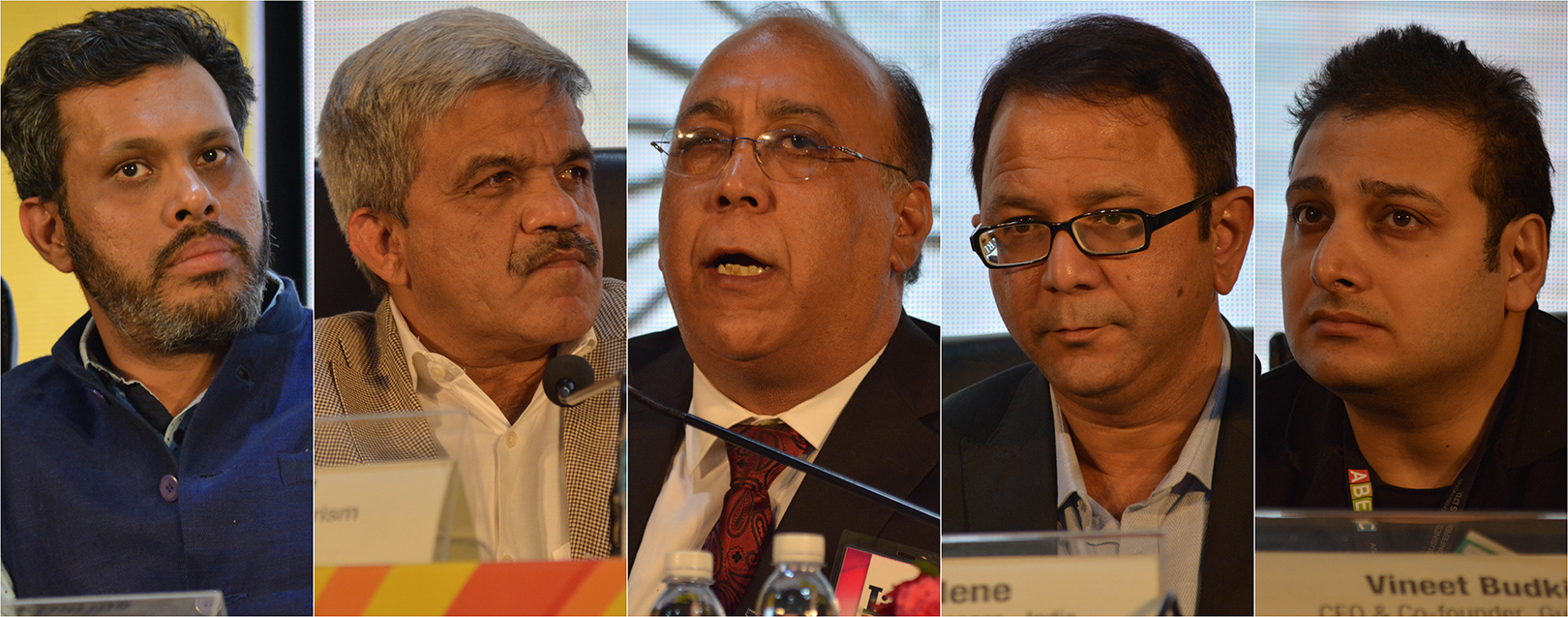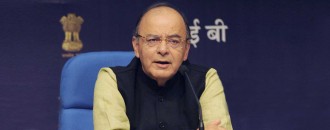
Trends in travel & tourism for 2017
Sairaj Iyer
Travel & Tourism has without any doubt become an integral part of daily life and therefore it is intertwined with trade and economy. Surprisingly, consumption trends in MICE (meetings, incentives, conferences and exhibitions), particularly in a digitised & demonetised India have been nothing like its old past. Senior industry leaders at a panel discussion moderated by Sheldon Santwan, COO at Saffron Synergies, found that their issues were actually not limited to demonetisation or GST, but in fact a new trend in customer behaviour.
A year of Surprises?
Sachin Nene, Regional General Manager - India, Air Arabia averred that there were challenges on the international front owing to demonetisation, but airlines could still make profits. “The October-December quarter was challenging, because of the heat post demonetisation. There were challenges in the international sector, but domestic businesses did not face any setback,” he shared.
He further highlighted that the business models themselves have evolved to observe capacity growth for metros and even tier-1 cities such as Hyderabad. “We are hence getting competitive fares,” he explained.
Rajiv Duggal, CEO at Lavasa Corporation assuaged that issues in 2016 were on the outbound business rather than the inbound ones. ‘Inbound’ in travel and tourism industry referred to passengers coming to India and the domestic travel segment within the country. He pointed out that the industry was doing the same things for the last 20 years, so much so that even travel itinerary schedules didn’t change.
“We had set huge expectations in 2015, and maybe that has led to feel that 2016 was not a great year or a year full of surprises. I am positive that 2016 was not grim and let’s not malign it,” he added.
New Destinations
The panel highlighted that the flow of digital money has reinvigorated audience demand for newer destinations. Nene observed that destinations such as Kazakhstan, Georgia and even Armenia are observing good traction.
“Last year we carried 3000 people to Armenia although we have had flights operating on that route for a long time. More people are also willing to visit for short holidays like only for two days,” Nene added.
On the inbound front, Birju C Gariba, President at Vusacom (Visit USA Committee) found luxury travelling turning into a money-spinner of sorts in the luxury-travelling segment.
Rajan Sehgal, Chairman, India Golf Tourism Association (IGTA) seconds Gariba’s thoughts but at the same time added that the country’ culture is a hotbed for tourism from Jammu to Kanyakumari. He mooted the need for more concepts and clubbing themes to create innovative tourism concepts.
“I was behind the ministry to talk about Golf tourism. We started Golf Tourism Association, and are launching events such as Golf tour operators at Rambaug Golf, where participants will also get to visit Taj Mahal. We need to get Indian heritage on the central stage of the world. Sadly, we don’t have a single monument that is an international acclaimed visitor-friendly monument.”
Digital & Monetisation Strategies
Digital in travel and tourism extends the length and breadth, ranging from the online ticket booking system to employing customer-experience means and measures to provide timely customer support. Vineet Budki, CEO & CO-Founder of Guiddoo, an award winning technology company, highlighted that the latest innovations have been in the area of aggregating supply and demand as well as monetising trends to ensure maximum revenue while offering better customer experience.
“Tours and operators never had a live inventory. We put a lot of technology in there, and also into distribution. Digital has great power because it allows you to cater to a wider audience than sticking with only one set or geography,” he said.
The panel also argued whether 2020 would observe the end of the physical or cash-dabbling travel agents. Nene answered, “Airlines are already using payment gateways, bank transfers, EMI options and all this is going to help online business. We see this as a great potential in 2020. Most travel agents will be converting to online travel module and that will exist.”
Duggal, however disagreed by stating that digital had its own inherent loopholes. For him the travel and tourism processes such as ground-handling, forex-dealer, and visa-agents would continue to exist even beyond 2020.
“Europe has those e-visas, but still Europe cannot travel within Europe on a 100% digital e-visa process. For digitisation to occur, the financial books also need to be competent adequate,” he added.






 to success.
to success.